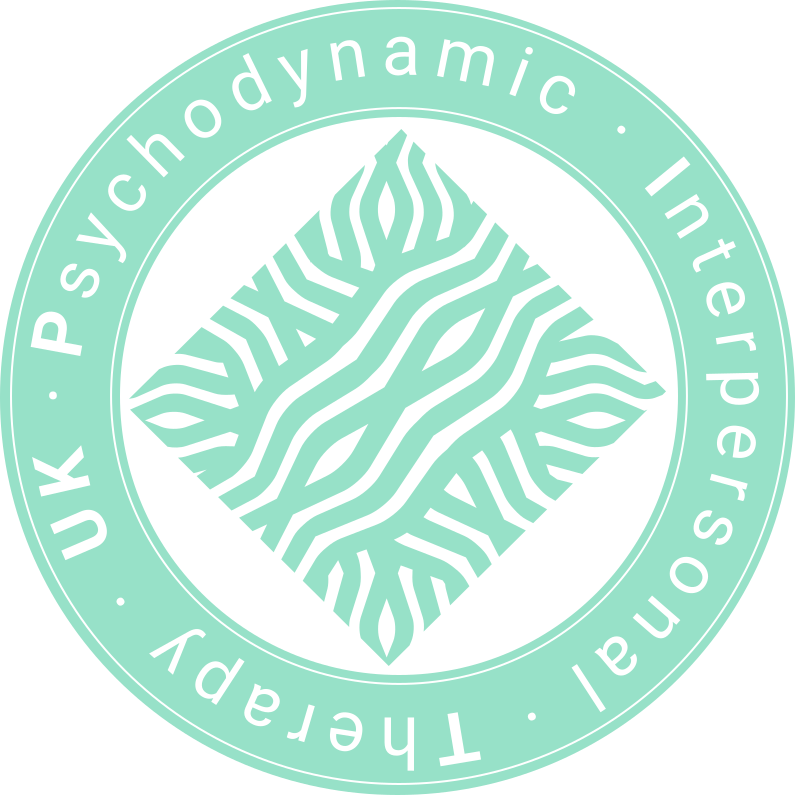There are definite advantages to using a formulation: Having a formulation shared with the patient can help maintain the therapeutic alliance during difficult re-enactments; or, in supervision, help understand potential re-enactments. Also, the formulation can be used by the therapist after each session to ensure that the agreed focus was being maintained in that session. At the session level, it is possible to link different sequences within the therapy to different elements of the case formulation and to use the formulation to maintain focus.
There is an inevitable tension between different types of formulation. In PIT a formulation that is shared and developed within a conversation is central. However, the therapist’s role is sometimes to help map out the terrain by drawing on prior concepts and experience. Hobson was very aware of this tension as he states that
“the form of a developing conversation often is the diagnosis and also the treatment”
Hobson, R 1985 Forms of Feeling p 177
He clarifies this seeming paradox when referring to a case example, that
“in the interview we can formulate problems at different ‘levels’: in terms of the minute particulars of non-verbal behaviour, the disturbances of his central relationships and his struggle for identity in an adult world. A central and often difficult task in psychotherapy is to decide which problems are to be tackled at what ‘levels’.”
Hobson, R 1985 Forms of Feeling p 178
This choice can be determined by many factors such as the time available for the therapy (Forms of Feeling: 184).
Modern approaches to psychotherapy are often “formulation-driven” with a description of the problems; psychological explanations based on theory about the development and maintenance of these problems; a plan for intervention based on the theory and principles used; and predictions about how the therapeutic relationship will unfold.
PIT can be guided by this more formal approach to formulation, and can draw on psychodynamic and relational theory freely. However, the therapist needs to be aware of the potential to inadvertently block the collaborative aspects of the therapy by being too distracted by a formulation based on theory: It can be tempting to seek evidence to support a pre-existing theory.
A formulation can also be expressed in letter form as described and the letter can be a summary of the evidence discovered in the conversation between client and therapist. A written formulation is a distillation of what happens in the therapy, but it is best to see formulating as an ongoing process, always open to correction.
So in the first five minutes the therapist needs to be especially sensitive to cues that may only become clear later in the session.
So, as Hobson suggests we are trying to summarise the “developing conversation” in ways that help to progress the therapy in a mutual and collaborative way.
The therapist is gathering information about patterns in past relationships and those in the present; both outside and inside therapy (described as the triangles of person and of conflict by Malan, D. 1979 Individual Psychotherapy and the science of psychodynamics p 80). In each of these areas there may be explicit problems or concerns, and the client may have already seen patterns between them. The therapist is listening for key metaphors, phrases or symbols to summarise these patterns in the words of the client, and is also looking out for the “minute particulars”- glances away, a catch in the voice- that may illuminate what is happening for the client, and the therapist is also being alert for internal clues as bodily feelings –tension, nausea, tiredness, dry mouth- to give a further perspective on the conversation.
When writing up the notes after the session it is worth spending time on “the first five minutes” rather than rushing to record the middle section of the session, as the early feelings and impressions may reveal an unexpected perspective. From the information gathered therapists can write down their hypotheses about what is happening for the client, the therapist and their interaction. There may be links between different relationships or themes in the session (or to past sessions) and eventually the core of the formulation can be expressed in the form of an explanatory hypothesis (see Chapter 9 of Barkham et al 2017).
This process is much easier if there is a recording of the session, but it is worth putting down initial impressions quickly first in what are often referred to as “process notes”.
